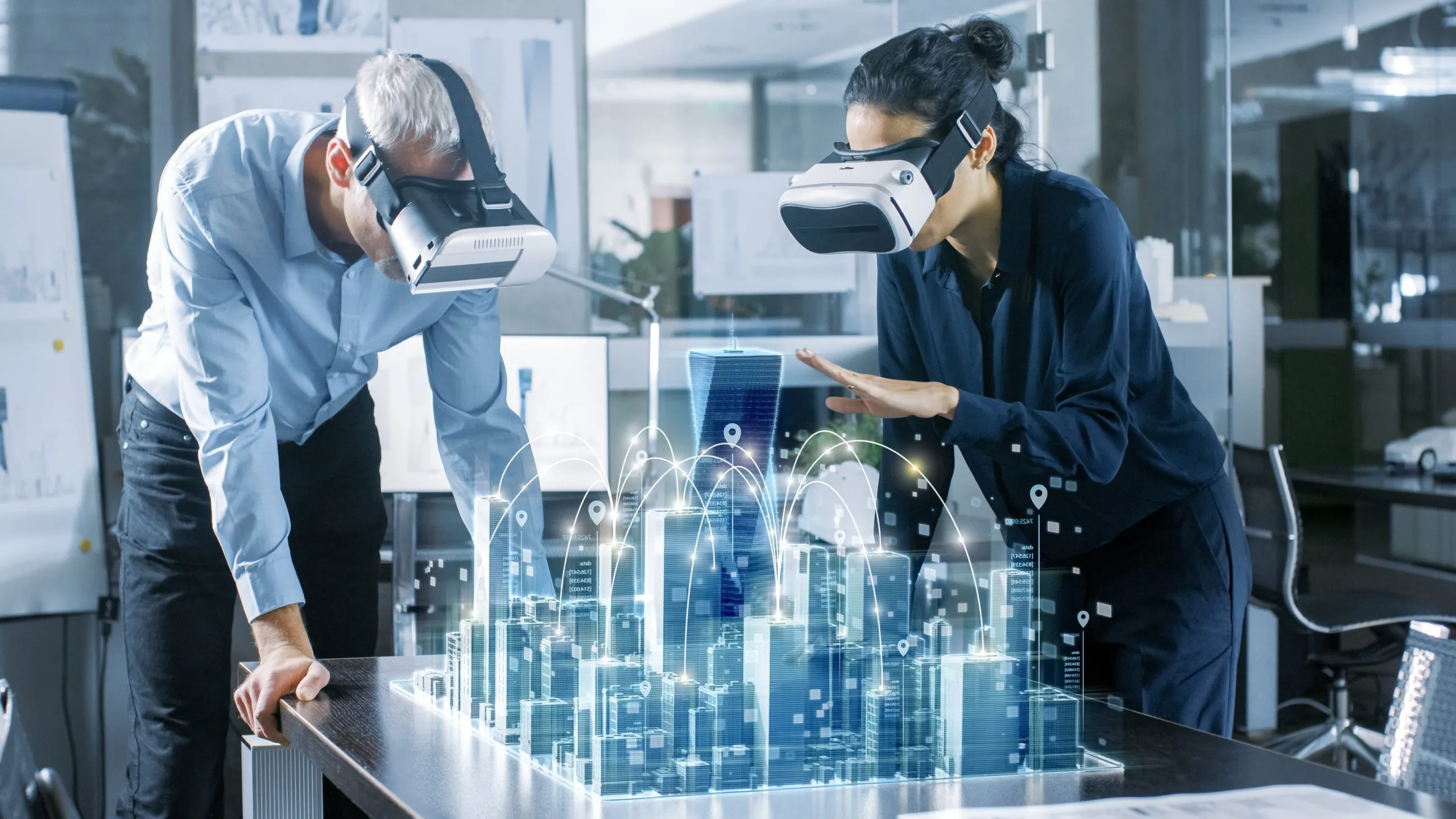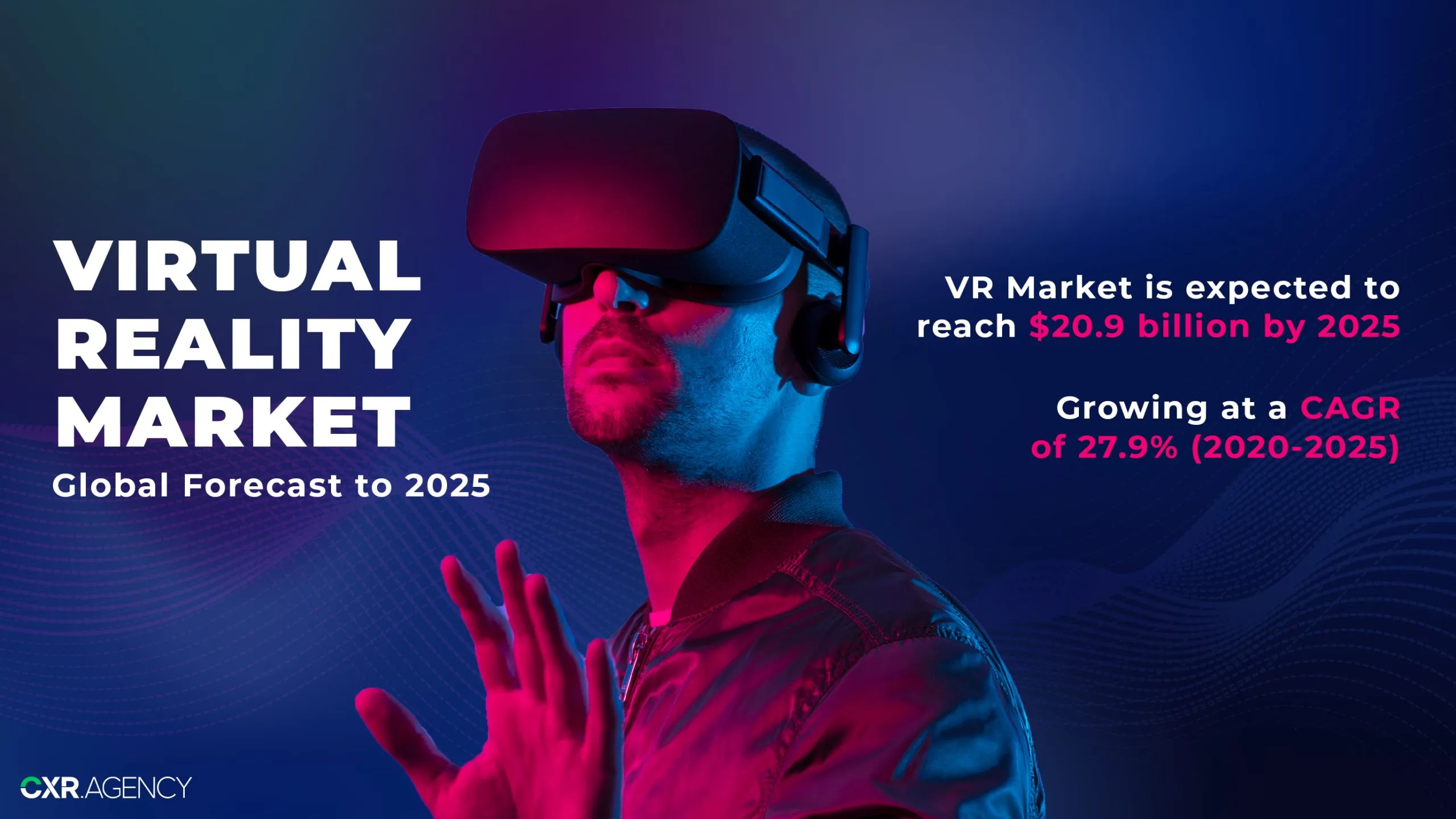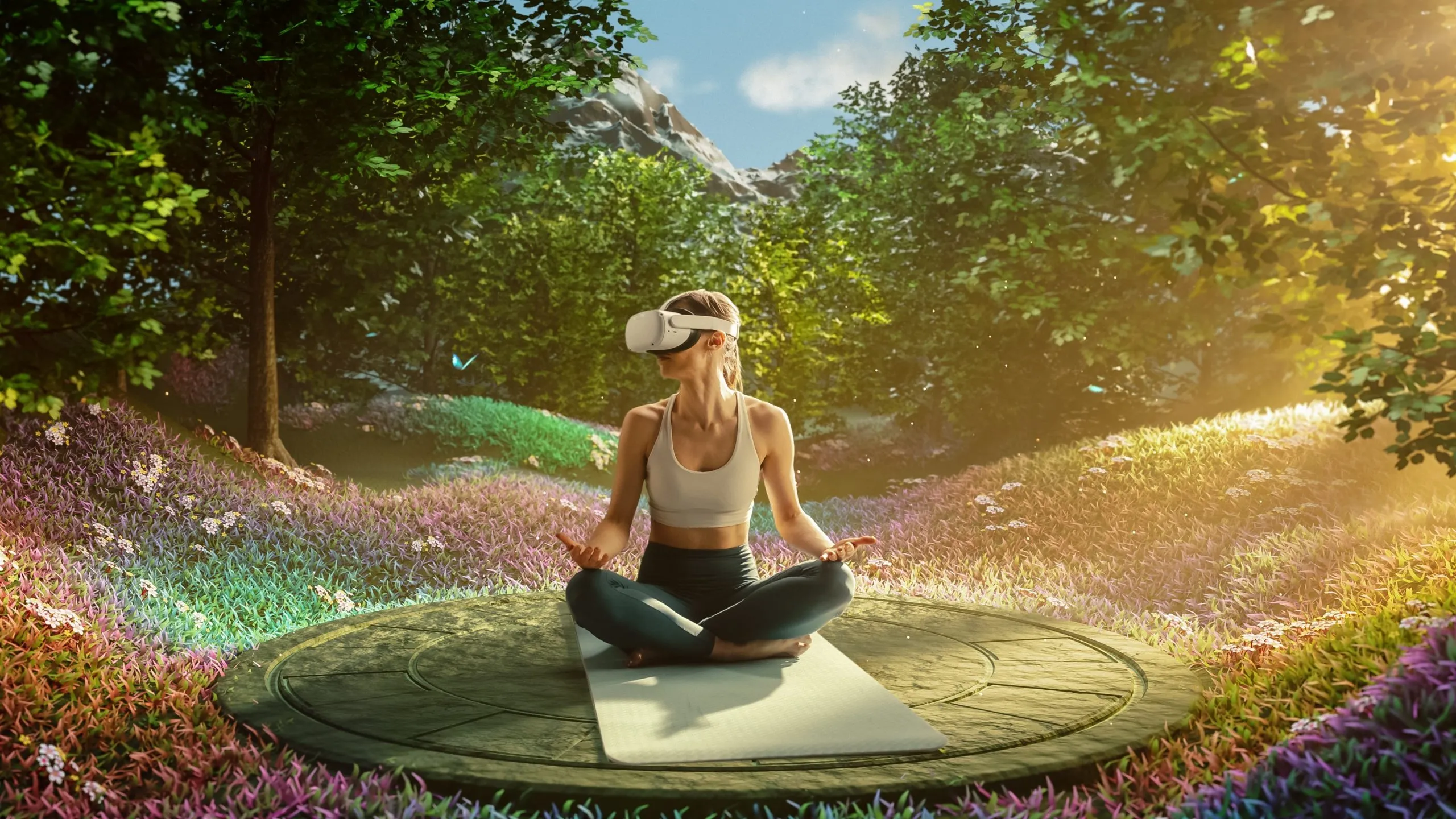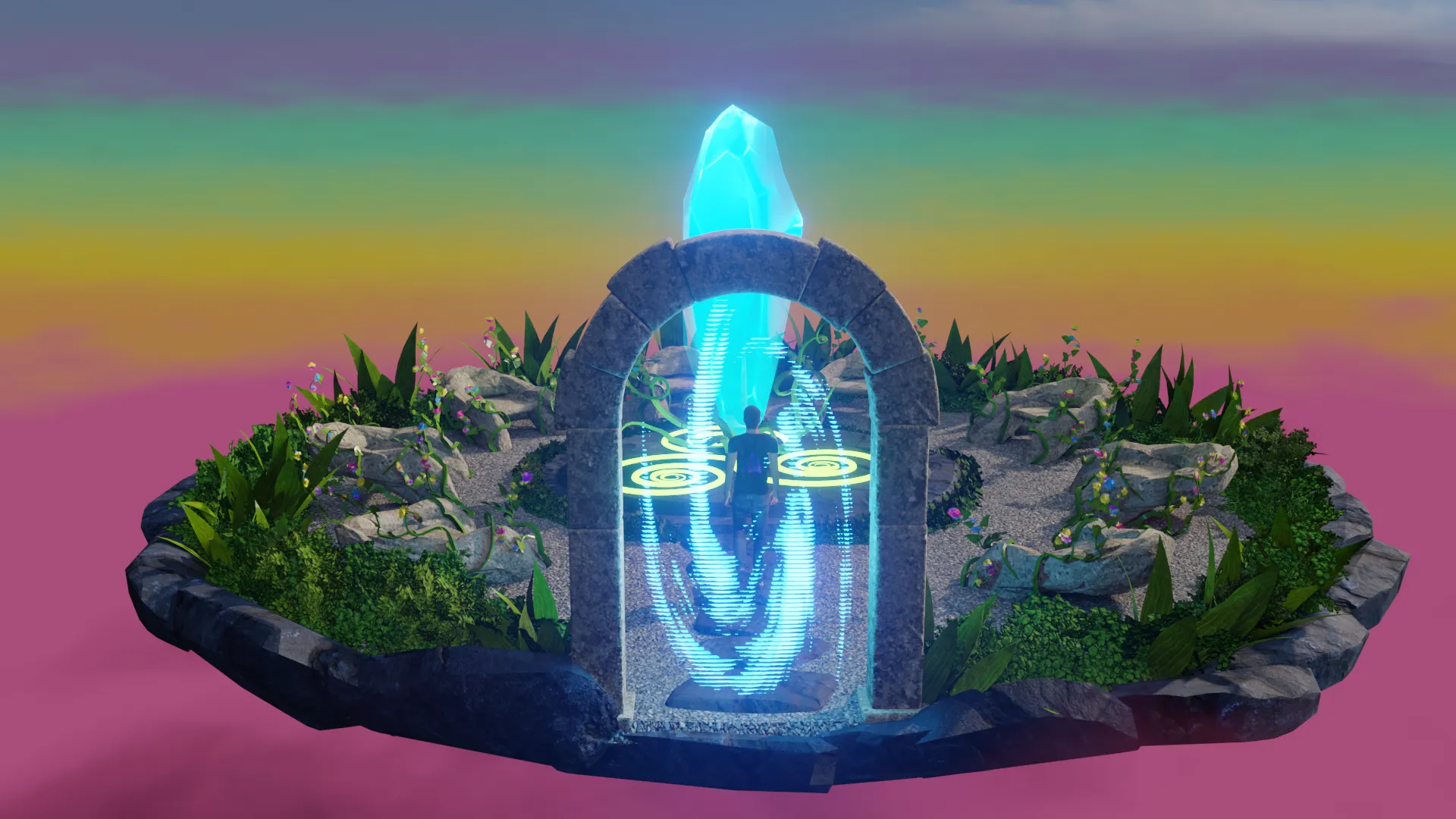Virtual Reality Solutions: Shaping the Future of User Experience Design

Virtual Reality (VR) technology is a rapidly growing field and the VR user experience design is just developing as a nascent discipline. With the increasing popularity of VR technology, designers from VR solution companies who are engaged in designing VR experiences today have the opportunity to shape and establish what will become generally accepted design principles and paradigms in the future.
According to Research and Market, the global virtual reality market size is expected to reach USD 87.0 billion by 2030, and the VR technology industry is expected to grow at a CAGR of 15.0% from 2022 to 2030. The development of VR equipment and the growing interest in fully immersive experiences have contributed significantly to this expansion. With the growth of the VR industry, designers need to develop design standards to standardize the user interface.

Designing a VR experience that is both immersive and user-friendly is one of the key challenges. According to a report by Deloitte, “Designing for VR requires a deep understanding of the medium, including its technical capabilities and limitations, as well as the psychological effects it can have on users.” This means that designers of VR solution companies need to give thought to sensory feedback, spatial awareness, and interaction design.

Creating a VR experience that is accessible to everyone is also important. As the VR markets grow, designers must take into account a wide range of user preferences and build experiences that are accessible to everybody. As VR pioneer Jaron Lanier stated: “The most powerful thing about VR is that it can be used to help people who have trouble with reality. It can be a prosthetic for the imagination.”

As VR technology advances and becomes more widely adopted, the field of VR user experience design will continue to evolve. As designer and VR pioneer Brenda Laurel put it: “We are in the very early stages of designing virtual worlds and virtual experiences. The rules and conventions have not yet been established. We have the opportunity to create new forms of expression, new forms of communication, and new forms of play.”
New design principles and paradigms are anticipated to evolve as VR technology develops further. Designers now working on VR experiences have a unique chance to influence the future of VR user experience design by setting standards for a reliable and enjoyable VR interface.
In conclusion, VR user experience design is a burgeoning industry that gives designers from VR solution companies a one-of-a-kind chance to mold VR’s future. As the VR industry grows, designers need to be ahead of the curve by defining design concepts and paradigms that will ensure a consistent and effective user experience. By focusing on factors like presence, immersion, and spatial awareness, designers can create engaging and simple to use VR experiences with VR technology that are accessible to everyone.
At CXR.Agency, our mission is to reimagine how people interact with brands by being strategic leaders in emergent technologies and innovators in user experiences. We aim to disrupt the status quo and uncover values others can’t find, while solving tomorrow’s business challenges in thoughtful, elegant ways. Arm your business for the digital revolution with our VR case studies at CXR.Agency.